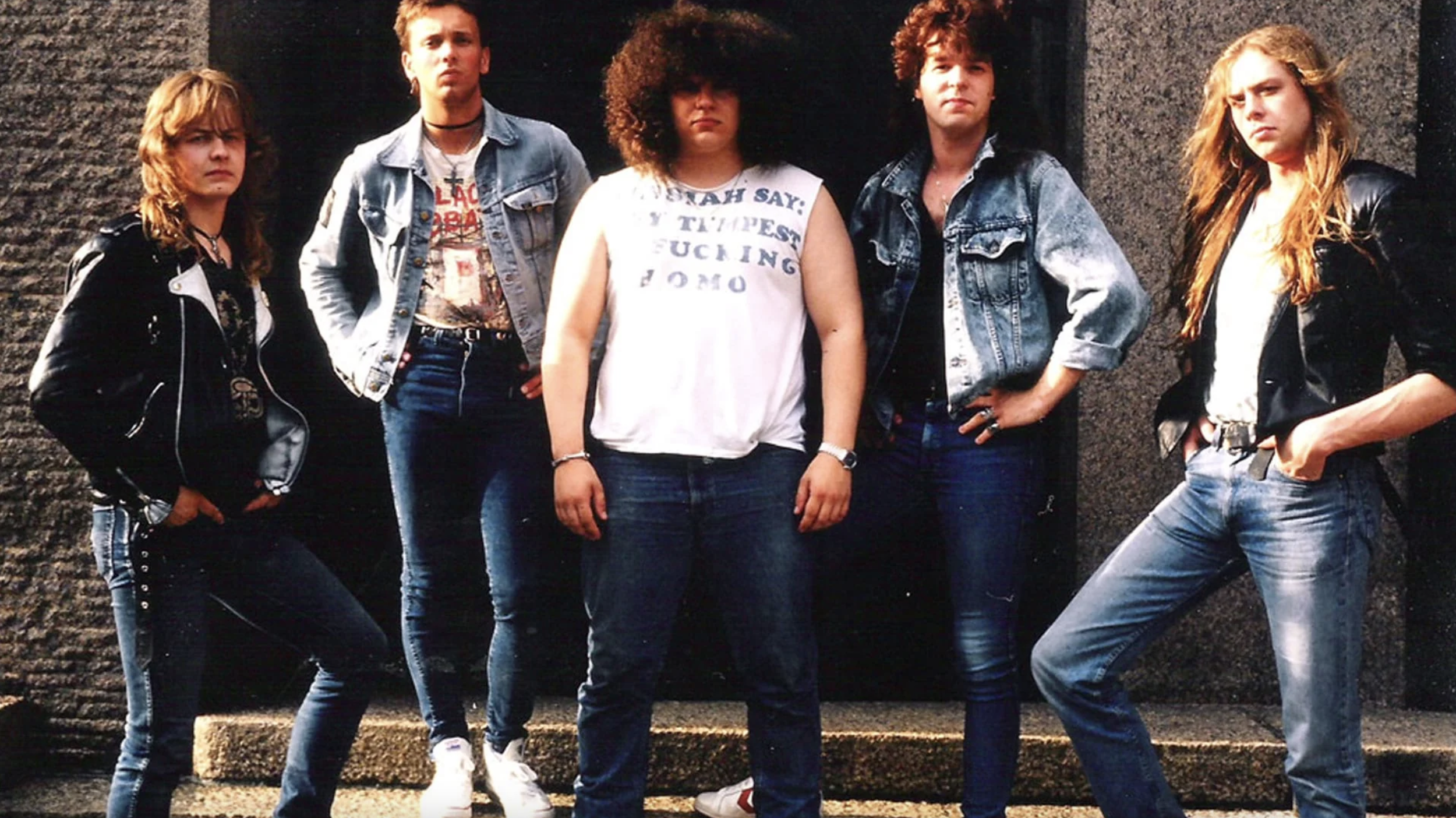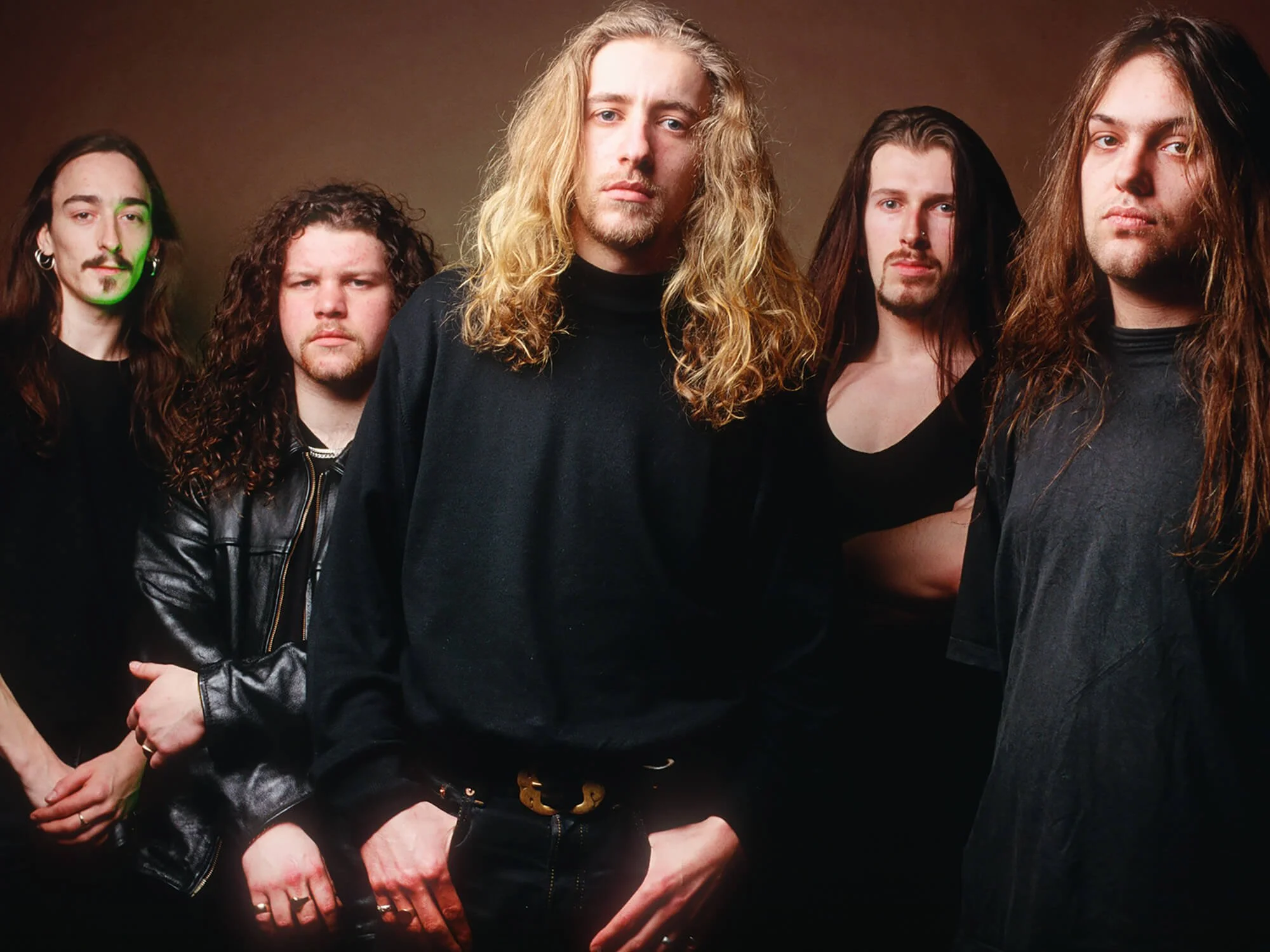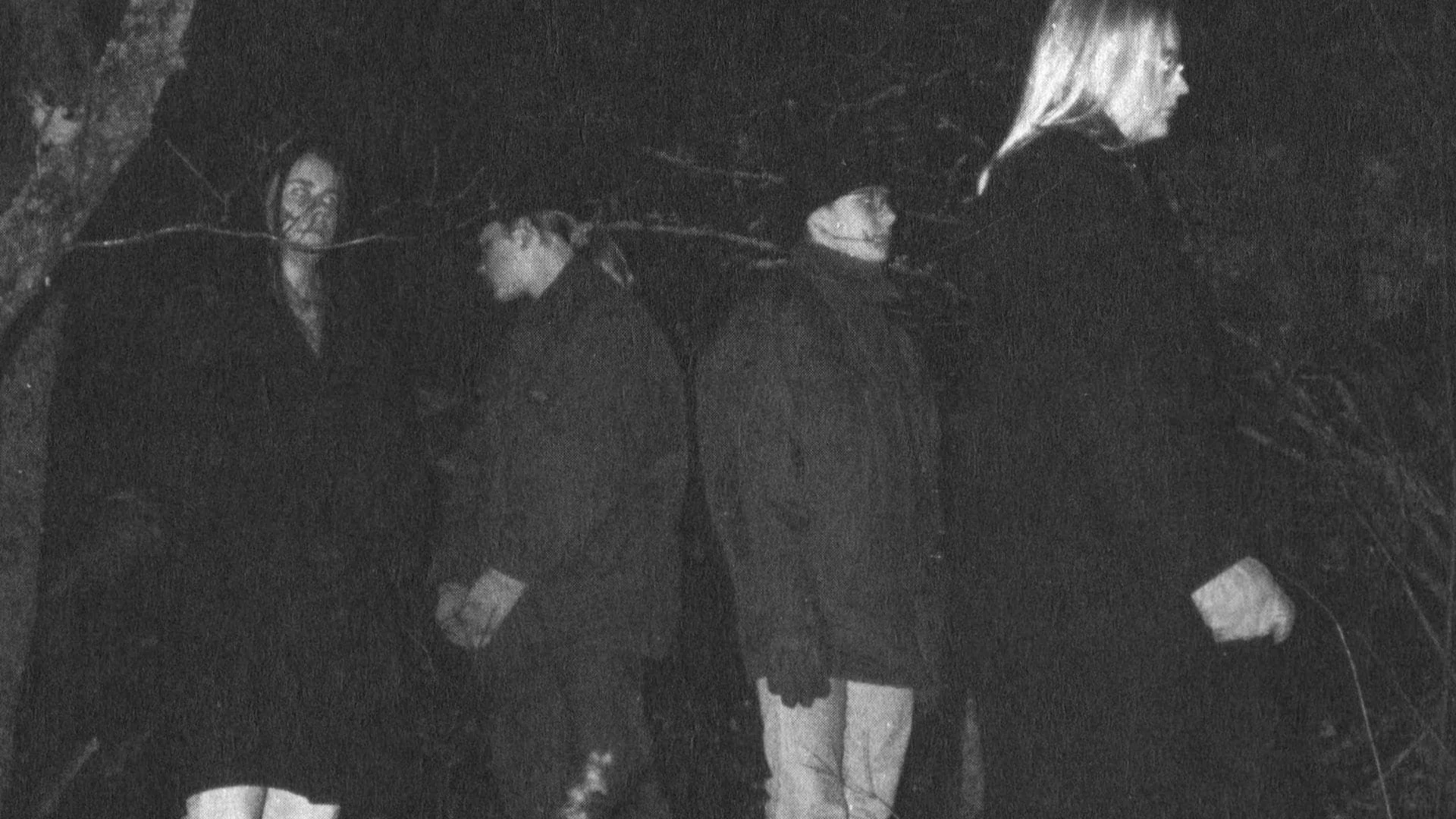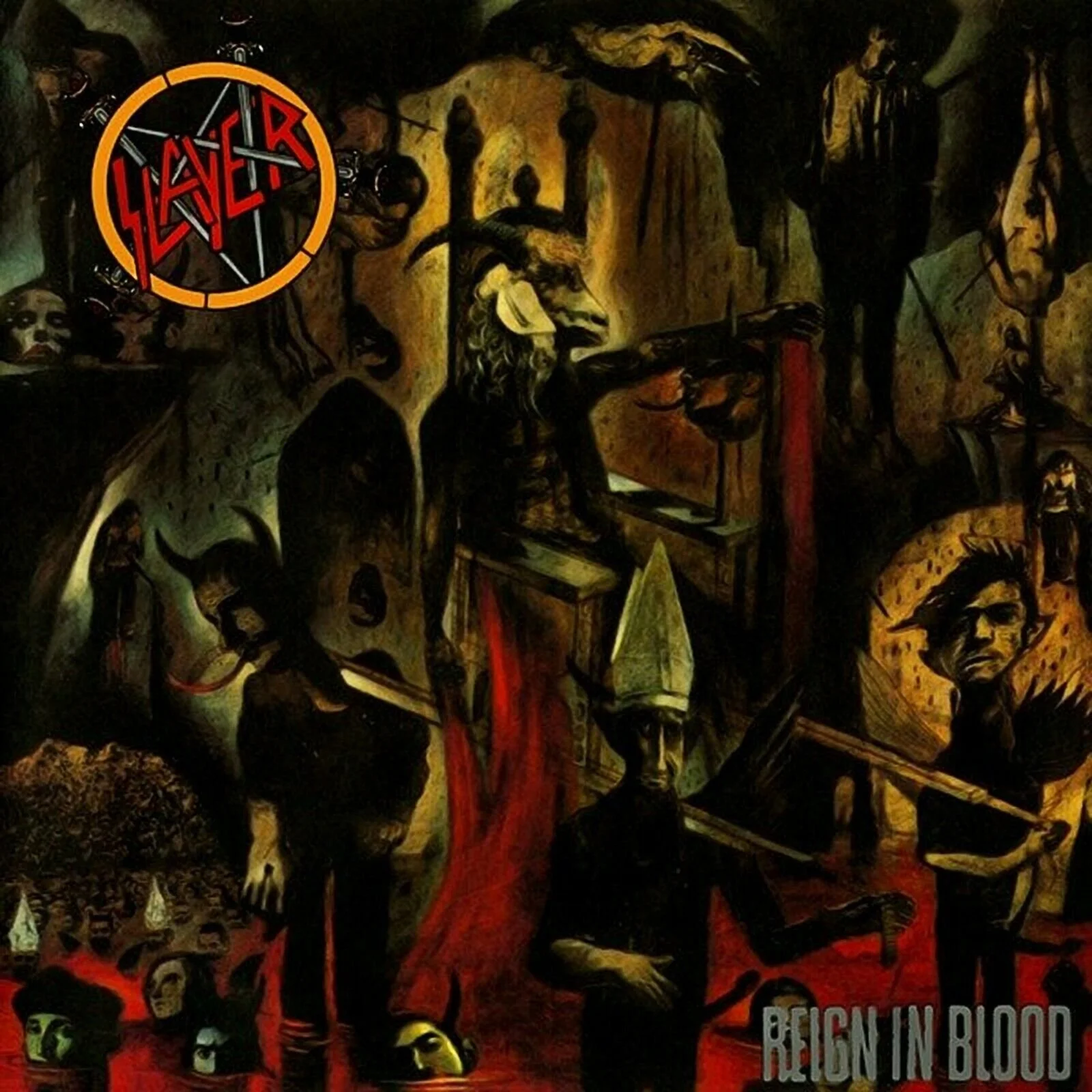Doom Metal : Somewhere Between Tradition and Counterculture
In many respects, the history of heavy metal and doom metal intertwine. Because the first ever metal band is also the first ever doom metal band. When I called traditional heavy metal an "abstraction", this is what I meant. Almost all the bands once considered traditional heavy metal are eventually relabeled into a precise subgenre whenever it is decided that a subgenre is needed for a certain aesthetic paradigm.
So, Black Sabbath was the first ever doom metal band. It was also the first ever stoner doom and stoner rock band, but we’re going to explore these genres in their own chapters.
If young, budding metalheads around the world immediately asked themselves what would happen if they were to play Sabbath riffs faster or if they brought a punk rock anger to it, others simply enjoyed the feeling of it. The weight and the melancholy. The cultural logic of blues brought to its melodramatic extreme. Instead of going faster and becoming more complex, these metalheads leaned into the heaviness and emotional catharsis of this new and exciting genre. That’s how doom metal became a thing.
Although not that many bands play straight up doom metal anymore, it has become one of the most prevalent influences on modern extreme bands. It is more important and pertinent than ever.
Sabbath, riffs and the pleasures of being melodramaic
So, doom metal is somewhat of a countercultural pleasure. It is slow or mid-tempo at best and leaning on heaviness and atmosphere more than it does on technicality. Guitars are tuned lower than the traditionally downtuned metal guitar, which creates a thicker, richer sound that isn’t conducive to super precise guitarists. If you want to show off, you’re in the wrong genre.
I’ve told Black Sabbath’s story already in my apocryphal history of traditional heavy metal, but I’m just going to stress two important ideas they had that were carried over into early doom metal: downtuning and the delusion that you are playing blues.
The latter is especially important because of the emotional release it conveys. Blues musicians sang about the hardships of life, so doom metal musicians sang about the extreme fears and extreme hardships of life: grief, dread, sense of impending doom. The unshakable idea that the world is about to end or at least your world. It is conveyed admirably well in Black Sabbath’s first song Black Sabbath, which is still today one of the doomiest fucking thing ever created:
The firsts bands to buy into this vision of metal were Pentagram and Cirith Ungol, which were both formed in 1971. None of them released full length records until the eighties, though. Witchfinder General also pioneered the genre with its album Death Penalty in 1982. These bands shared a raw, riff-heavy aesthetic and a theatricality that clashes with the speed and thrash metal sensibilities of the era.
It shares a lot of commonalities with psychedelic rock and space rock protometal bands of the seventies. This was really early stuff. The subgenres we’ve already discussed were in their infancy when these bands were making music.
Candlemass and the Revolution of Epic Doom
There wouldn’t be a Candlemass without Cirith Ungol. They’re the ones who pioneered the idea of unashamed epic and melodramatic storytelling in metal, but the Swedish doomsters took that idea and brought it to new and exciting extremes.
Man, I love Candlemass so much. They’re so pivotal to the contemporary doom metal sound and aesthetic. They’re also one of my favorite bands.
I would argue that their 1986 seminal debut record Epicus Doomicus Metallicus is the most important record ever made in the genre. It entirely redefined the genre. Although they like to refer themselves as an epic doom metal band, I would also argue that epic doom metal doesn’t really exist and what they did with Epicus is lay the groundwork for what doom metal would eventually sound like: big, percussive, with expansive drumming and sloooow tempos that let guitar riffs linger in the air, therefore creating this atmosphere of foreboding that became so synonymous with doom metal. This record gave everyone the permission to go hard at it.
The bombastic vocals of Jonas Längvist and later Messiah Marcolin (the friar Tuck-like frontman often associated with their classic era) are why they classified themselves as such and such a powerful approach did create offspring. Bands like Solitude Aertenus, Solstice, Doomsword and While Heaven Wept could constitute the backbone of a microgenre, but truth is that epic doom metal was a transition into a more extreme iteration of the genre.
Don’t get me wrong, I fucking love these bands to death and they can call themselves whatever they want, but I love them for what they created as much as for who they are.
The Creative Explosion of UK doom
On the other side of the Atlantic ocean, Saint Vitus were building on the Black Sabbath, Pentagram, Witchfinder General aesthetic and creating a rawer, more depressive sound than Candlemass. It’s not that apparent on their first record, which is very rock and blues influenced, but from their second outing Born Too Late on, Saint Vitus brought a nihilism and a weight to the genre that would become crucial to doom metal. Their sound is dirtier and more low key than Candlemass, which would be important to the more extreme forms of doom metal.
The nineties weren’t very conducive to doom metal. Everybody was transfixed by the brutality of death metal and the drama in the Norwegian black metal scene, but two British bands carried the torch and kept the sound evolving: My Dying Bride and Paradise Lost.
My Dying Bride was bombastic and creative in the way Candlemass was. It’s very much an evolution of the latter. They carried a goth sensibility and theatricality to the genre that have become extremely important. They also pioneered the use of keyboards and symphonic elements as atmosphere enhancers. My Dying Bride is sassy and dramatic, but it’s also quite otherworldly. Paradise Lost is similar, but more straight to the point. They’re also more conventionally catchier. They are often credited as pioneers of death doom metal and are, to my knowledge, one of the first bands to have included death growls in their blend of doom?
What made these two inextricable outside of where they’re from is the romantic obsession with death in their lyrics. Once again more prevalent in My Dying Bride’s aesthetic, but Paradise Lost was very much just more on the relatable-rocker side. But both are gothboi bands.
The twin giants of UK doom have also pioneered lengthy-ass songs in doom metal. My Dying Bride in particular who are more on the boundless and experimental side of doom and gothic metal. Early Paradise Lost ventured into six or seven minutes territory, but MDB went hard at it. The Return of the Beautiful on their first record is almost thirteen minutes long. A lot of contemporary doom bands have carried this idea to the extreme, recording songs that are sometimes more than an hour long.
Offshoots and Doom Metal in the XXIst Century
If I’m glazing over the nineties, it’s partially because doom metal became part of so many different aesthetics I’m going to cover later. Notably funeral doom bands like Finnish titans Thergothon would end up being so crucial to the evolution of the genre, but funeral doom deserves its own entry. Same for death doom, which brought doom metal to conceptual extremes that it couldn’t have achieved otherwise.
That’s the thing. Not that many bands play straight up doom in 2024, but doom metal has become so pervasive to so many sounds now.
There’s also stoner doom, which is conceptually another bag of bones and I’m going to include it under the stoner metal chapter. Each subgenre of doom metal brought its own innovations to the overall style. Funeral doom brought length, extremely slow tempos and explored death and mourning in a different light. Death doom brought forward brutality and additional catharsis. It also shrouded its vulnerability and heartbreak into anger, which allowed different voices to express themselves.
So who plays doom metal in 2024? Primitive Man is my favorite doom metal band working today. They describe themselves as the only death sludge band in the world, but what they call death sludge sounds a whole lot like doom metal to me. Spotify also calls them drone doom and post-doom, but were’s splitting hairs here. Frontman and leading creative force Ethan Lee McCarthy is one of the best growlers in the game today. He really can convey emotion and heartbreak in the way he sings.
Swallow the Sun another great band, more on the goth/melodic and theatrical side. They’re clearly inspired by My Dying Bride.
I would call Electric Wizard also a doom metal band even if they’re intertwined with the stoner aesthetic and talk about smoking weed all the time. Their sound also delves into the psychedelic rock influences, but albums like Black Mass and especially Time To Die are as heavy and doomy as it gets. Abysmal Grief is another one of these bands which doesn’t fit any preestablished paradigm, but that describes themselves as doom metal and I’m really happy to include them because they fuck hard. They’re more into the gothic rock, evil church music boogaloo kind of sound. There’s really nothing else like it.
Otherwise, a lot of bands now include doom metal in their sound. A lot of post-metal does. The Ruins of Beverast is one. Inter Arma is another one I discovered when they opened for Full of Hell in November. They objectively cannot be labeled as anything, but there are doom metal influences to what they do. Neurosis has elements in their sound. So does Cult of Luna. You don’t need to be a doom metal band anymore to be doomy.
Here are five doom metal songs to help you understand how the genre evolved over the years:
Saint Vitus - Born Too Late: This is so raw and miserable. Saint Vitus is prototypical to doom metal, but it really pioneered the exploration of violently pessimistic themes and the attitude of defeat that is so important to doomers.
Candlemass - Solitude: FUCK YES. This song is so fucking intense and heartfelt. It’s perfect. Listen to how bombastic the production is. The drumming is so pounding and the guitar lingers on and on. I love this song to death. Great hangover jam too.
My Dying Bride - The Cry of Mankind: See how long of a way we are from Sabbath here? The atmosphere of MDB is so rich and intense. There’s piano and other instruments that would’ve originally not fitted in a pre-established idea of the genre. It’s also twelve minutes long!
Primitive Man - Foul: One of my favorite songs from one of my favorite bands working today. This is so heavy and heartfelt. It’s very noisy too because Ethan McCarthy is also a noise artist. You gotta like that too if you want to get into Primitive Man. One of the best bands I’ve ever heard at expressing pain.
Inter Arma - Citadel: Here’s a band that isn’t exactly playing doom, but has doom elements to their music. You’ll hear shades of everything from My Dying Bride to Primitive Man by the way of old death doom in there. Not an easy listen, but it’s quite representative of contemporary metal.










